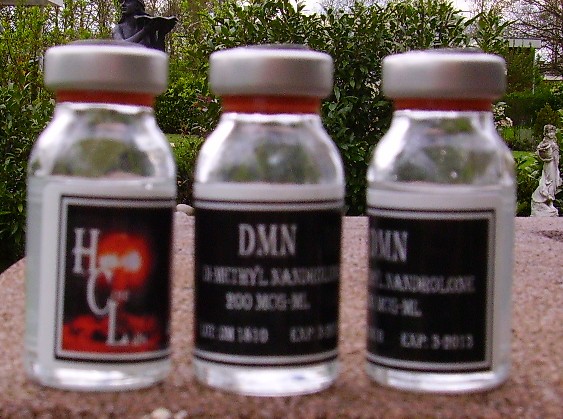The Role of Steroids in Body and Muscle Growth
The role of steroids in the body..

The catabolic and anabolic functions of the body are required to be maintained at a certain balancing point. It is this balance that steroids act upon. Anabolism can be defined as the process by which simple substances are converted into more complex structures such as the bones and the muscle tissues. On the other hand catabolism has to do with the breakdown of this complex structures and readying them for the process of being excreted from the body.
There is therefore a great need that the body can maintain a balance between these two processes. To monitor the anabolic and catabolic states of the body you can consider the nitrogen levels and balances in the body.
Once administered into the body anabolic steroids tend to reverse the catabolic processes of the body by increasing the rate at which protein synthesis is being done in the skeletal muscles. Steroids are thought to mix with cytosol that is found in cells and after doing this they get bound to the androgen receptors. The new product is referred to as steroid-receptor complex. The new substance then moves to the nucleus of the cell where it mixes to set of transcription. This results
in the product in of RNA and this translates into a heightened rate protein amalgamation. It is in this way that the anabolic steroids act in order to develop and grow muscle mass.
For an athlete to add to his muscle mass he/she must have a positive balance of nitrogen. A with muscles it is a requirement that more is made than is lost. In the course of strenuous training the body releases glucocorticosteroids. The loss of these substances causes a negative balance of nitrogen. It is in this environment that proteins are deposited to the tissue of the muscles. If there is no more exercise done after this point the nitrogen balance will return to nil.
In the absence of anabolic steroids there is very slow muscle growth but the addition of these substances into the body heightens the rate at which proteins are added to the muscle mass. They do this by reducing the effects of catabolism in the short term. The positive balance of nitrogen must be maintained for maintained muscle growth. Steroids can only support this for about one and half months after which the body will require an additional dose. As the dosages are increased so do the risks of the side effects associated with steroid use.
- Login to post comments


